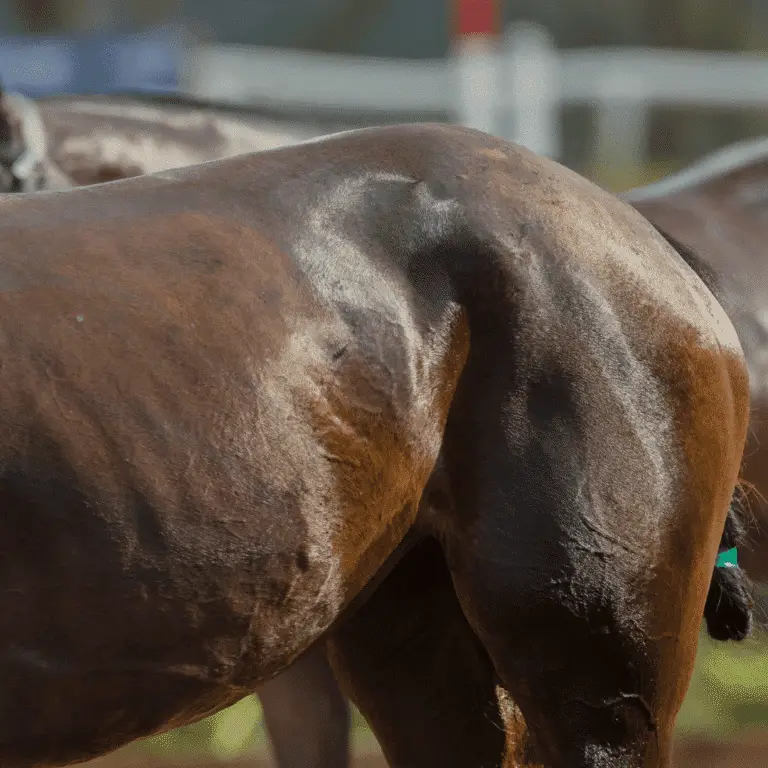Salmonellosis is a disease associated with the bacteria Salmonella enterica that causes diarrhoea in horses and humans.
The mechanism for Salmonella-induced intestinal disease is still being researched. What is known is that some serotypes of Salmonella have virulence factors that have a variety of effects on the intestinal mucosa, including assisting the bacteria to invade the intestinal mucosa.
The inflammatory response of the host to this invasion plays an important role in triggering hypersecretion by the enterocytes, which leads to diarrhea.
It is usually seen sporadically but may become an epidemic depending on the virulence of the organism, level of exposure, and host factors.
In horses, the bacteria are transmitted through contaminated feed or water, or by direct contact with infected individuals or surfaces that have been contaminated with manure from an infected individual. Mice, chickens, pigeons, and wildlife can be sources of Salmonella. Some horses are carriers that do not show any signs of disease but can actively transmit the organism.
Stress appears to play an important role in the progression of the disease. Asymptomatic carriers can become sick when under stress. Severe cases can be fatal if not treated.





